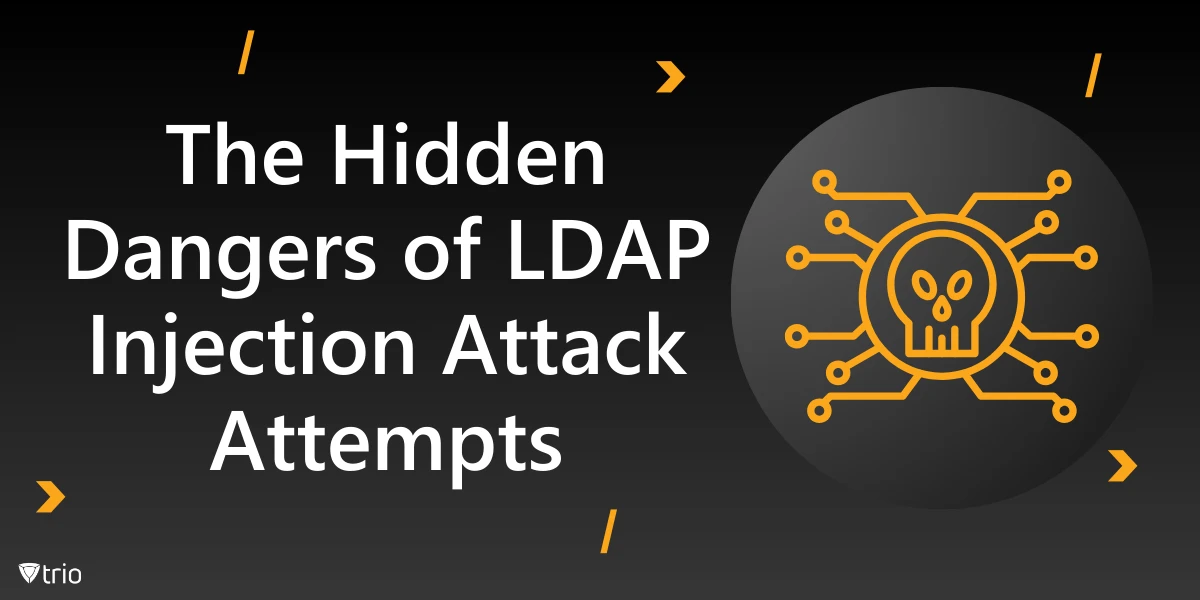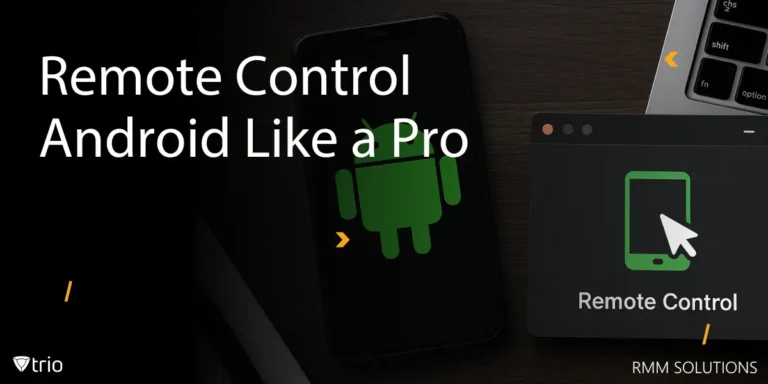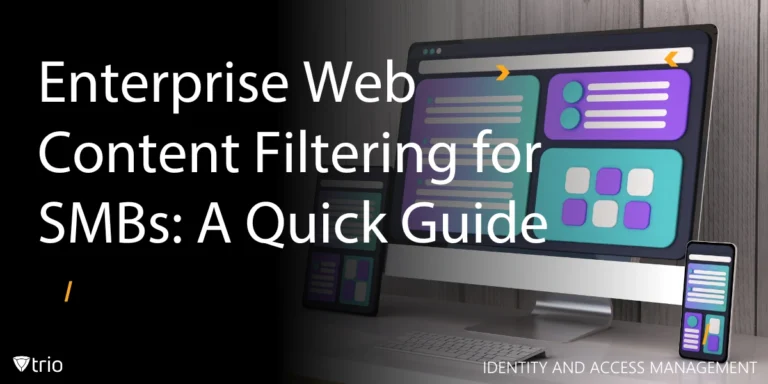With new threats emerging each day, the world of cybersecurity needs to keep evolving. One of the attacks that continues to pose significant risks to organizations is the LDAP injection attack. LDAP (Lightweight Directory Access Protocol) is a protocol used to access and manage directory services, such as email addresses, user accounts, and other sensitive data stored in directory trees. However, this convenient method for managing information can also open doors to malicious activities when not properly secured. A successful LDAP injection attack attempt can lead to unauthorized access, information disclosure, and even the complete compromise of an organization’s directory service.
In this post, we will dive deep into the definition, examples, and defense strategies for LDAP injection attacks. As an IT professional, understanding these concepts and implementing the right security measures will be crucial for protecting your network and sensitive data. We’ll explore how these attacks work, provide examples, and discuss how input validation and sanitizing inputs can serve as defenses. Additionally, we’ll highlight how Trio, a simplified MDM solution, can help mitigate these vulnerabilities in your environment.
Introduction to LDAP Injection Attack
LDAP injection attacks occur when an attacker manipulates LDAP queries to execute malicious commands. The attack is typically aimed at bypassing authentication or gaining unauthorized access to sensitive data. Since LDAP queries are often constructed from user input, attackers can exploit improper validation to inject malicious code into these queries. This can result in a successful attack, providing the attacker with unauthorized access to LDAP directories.
To understand how LDAP injection works, it’s important to recognize that LDAP queries rely heavily on input from users. When a user logs into a system or interacts with a directory service, their credentials are often used in an LDAP query. If these inputs are not properly sanitized, an attacker can inject special characters or code that alters the query's structure, manipulating its intent. This manipulation allows them to access unauthorized parts of the directory tree, such as email addresses, personal information, or system configurations. Without the right defenses in place, these queries become a gateway for attackers to exploit LDAP injection vulnerabilities.
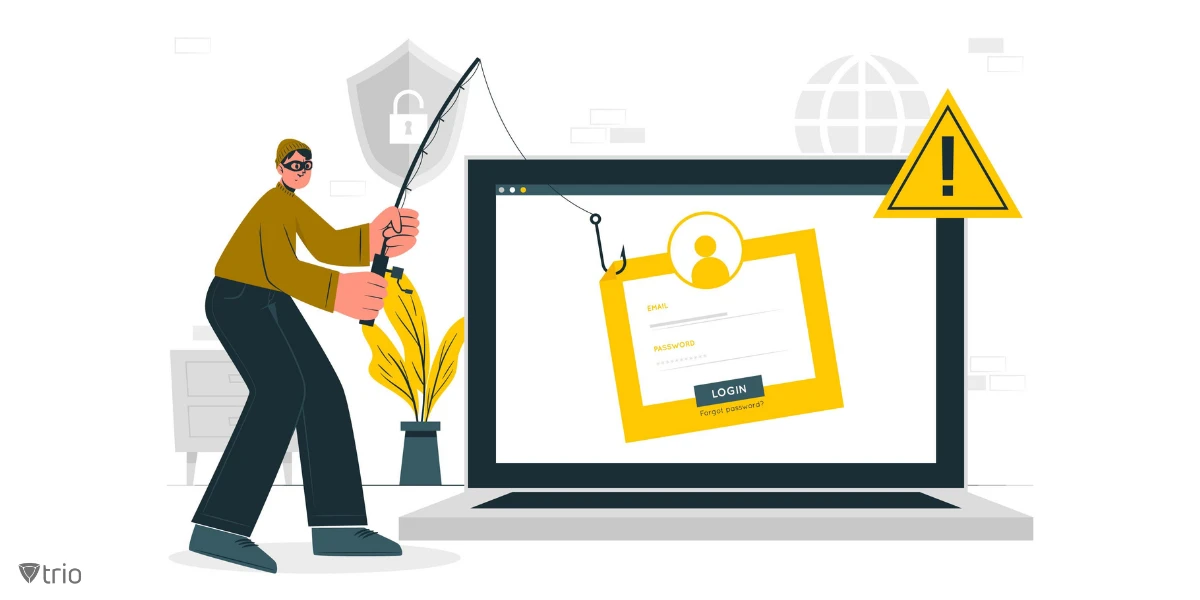
LDAP Injection Attack Examples: Real-world scenarios
Understanding real-world examples of LDAP injection attacks can provide a clearer picture of how dangerous they can be. One of the most common examples is bypassing authentication mechanisms. In this scenario, an attacker may input a specially crafted username or password into a login form. For example, instead of entering a regular password, the attacker might input something like admin' OR '1'='1. This input manipulates the LDAP statement and causes the authentication system to always return a true result, allowing the attacker to bypass authentication without needing the correct credentials.
Another example involves gaining unauthorized access to sensitive information through an LDAP filter. If the LDAP filter is not properly validated, an attacker can inject their own filter conditions to retrieve information they shouldn't have access to. The potential for data breaches in such scenarios is significant, as attackers can use this method to expose personal data or even access administrative credentials.
LDAP Injection Attack Defense: How to Protect Your Systems
Defending against LDAP injection attacks is essential for any organization using LDAP directory services. One of the first steps in strengthening defenses is implementing strong profile management practices. This, along with robust identity management, ensures that only authorized users can access specific parts of the directory, effectively reducing the potential impact of LDAP injection attempts by limiting exposure.
Additionally, incorporating document lifecycle management helps secure sensitive documents throughout their entire lifespan, preventing unauthorized access and manipulation within the LDAP directory.
Another foundational defense mechanism is input validation. By ensuring that all user input is thoroughly checked for malicious characters or commands, you can prevent attackers from manipulating LDAP queries. This means sanitizing inputs to remove special characters that could be used to inject malicious code, such as *, &, or |.
Another critical defense mechanism is using prepared statements for LDAP queries. A prepared statement is a template for an LDAP query that separates the code from the data input. This approach ensures that user input is treated as data, not executable code, preventing attackers from injecting malicious code into the LDAP statement. Additionally, setting proper permissions for directory services can help limit the access level of users, ensuring that even if an attack is successful, the damage is minimized.
Furthermore, implementing password best practices together with multi-factor authentication (MFA) adds additional layers of security. Even if an attacker manages to bypass authentication using an LDAP injection attack, they will still need to provide additional credentials, such as a time-sensitive token, to gain access to the system.
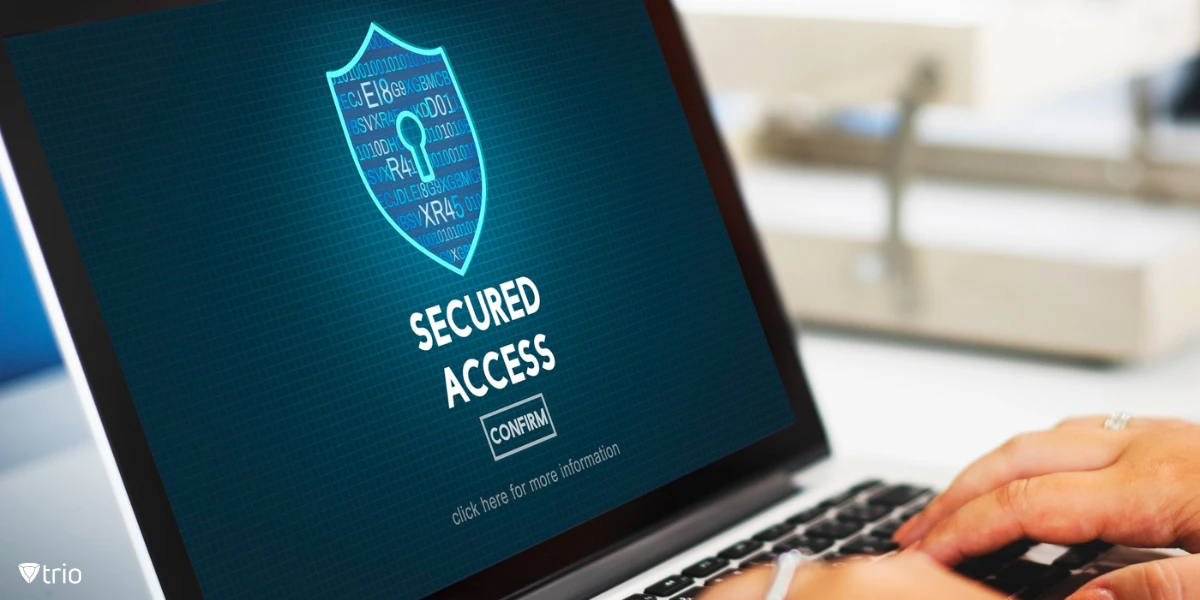
Preventing LDAP Injection Attacks: Best Practices for IT Professionals
To effectively prevent LDAP injection attacks, IT professionals need to implement several best practices. One of the most effective strategies is the principle of least privilege, which limits user access to only the resources necessary for their role. Combining this with just-in-time access further enhances security by granting users temporary, time-limited access only when needed. This approach minimizes the impact of a successful LDAP injection attack, as attackers won’t have ongoing or excessive access to the entire directory tree.
Another best practice is to use regular expressions to validate user input. This helps ensure that only acceptable characters are passed through LDAP queries, rejecting inputs that contain dangerous characters or code. Additionally, it's essential to avoid dynamic LDAP queries whenever possible. Instead, use parameterized queries or other secure methods that separate user input from the query logic.
Incorporating logging and monitoring tools can also help detect potential LDAP injection attempts early. By keeping an eye on abnormal query patterns, IT teams can quickly identify suspicious behavior and take appropriate action. Continuous security testing, such as penetration testing and vulnerability assessments, is also crucial in identifying and addressing LDAP injection vulnerabilities.
Trio’s MDM Solution: A Defense Against LDAP Injection Attack Attempts
At Trio we understand the importance of securing directory services and protecting against LDAP injection vulnerabilities. Trio's simplified MDM platform offers easy-to-use security features that help mitigate the risks of LDAP injection attacks. By implementing input validation, ensuring proper access controls, and providing real-time monitoring, Trio helps organizations protect their directory services and sensitive data.
One of the ways Trio strengthens your defense is through its centralized device management system. By using automated security configurations and enforcing consistent security policies across devices, Trio helps protect against potential LDAP injection attacks targeting specific devices in your network. Moreover, the solution integrates with existing security tools to provide an added layer of protection against directory service exploits.
If you're interested in learning more about how Trio can help you prevent LDAP injection attacks, sign up for a free demo today. Our team will walk you through the features of our MDM solution and show you how it can protect your organization from this and other security threats.
Conclusion: Safeguarding Your Systems from LDAP Injection Attack Attempts
LDAP injection attacks are a significant threat to any organization relying on LDAP directory services. These attacks can lead to unauthorized access, information disclosure, and even the complete compromise of a system. However, by understanding the nature of LDAP injection, recognizing common attack vectors, and implementing effective defenses, IT professionals can safeguard their networks and protect sensitive data from potential exploits.
Remember, the key to preventing LDAP injection attacks lies in the validation and sanitization of inputs, the use of secure coding practices, and maintaining a proactive security posture. With the right defenses in place, you can mitigate the risks associated with LDAP injection attacks and ensure the integrity of your directory services.
Get Ahead of the Curve
Every organization today needs a solution to automate time-consuming tasks and strengthen security.
Without the right tools, manual processes drain resources and leave gaps in protection. Trio MDM is designed to solve this problem, automating key tasks, boosting security, and ensuring compliance with ease.
Don't let inefficiencies hold you back. Learn how Trio MDM can revolutionize your IT operations or request a free trial today!
